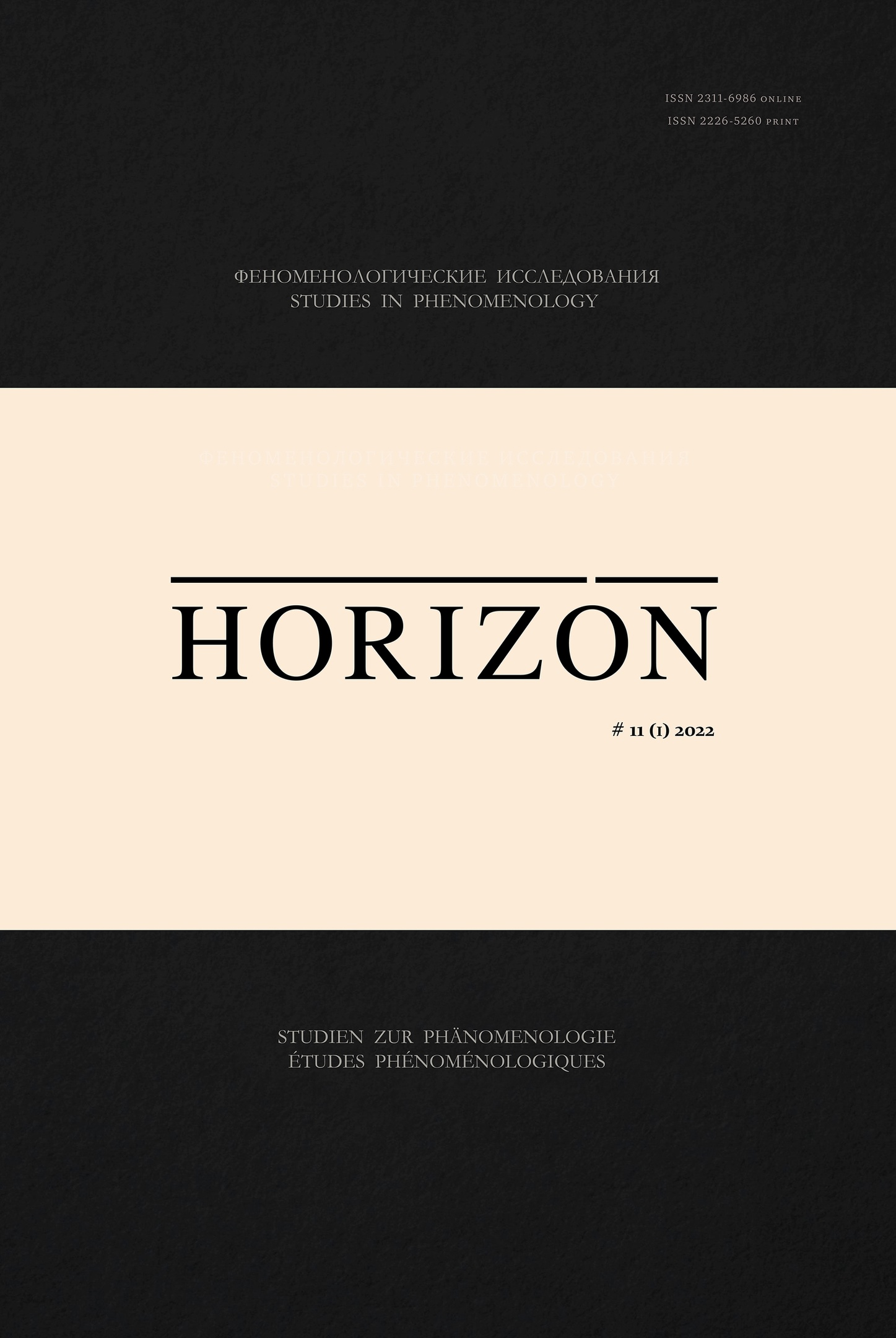ПАРАДОКСЫ АНАЛОГИЧЕСКОЙ РЕПРЕЗЕНТАЦИИ: ОРИГИНАЛ И КОПИЯ В ФЕНОМЕНОЛОГИЧЕСКОЙ ТЕОРИИ ВООБРАЖЕНИЯ
THE PARADOXES OF ANALOGICAL REPRESENTATION: THE ORIGINAL AND A COPY IN PHENOMENOLOGICAL IMAGINATION THEORY
Author(s): Elena DROZHETSKAYASubject(s): History of Philosophy, Aesthetics, Phenomenology
Published by: Издательство Санкт-Петербургского государственного университета
Keywords: image consciousness; imagination; imaginary; analogical representation; Bildobjekt; Bildsujet; simulacre; artefact; illusion;
Summary/Abstract: This article deals with a phenomenological standpoint on paradoxicality of image-consciousness(imagination), i.e., an analogical representation in which an image possesses material support. Contrary to tradition, E. Husserl thought of imagination as being both an intuitive and a mediate act. Husserl’s opinion results from paradoxical nature of an image itself: an image (Bildobjekt) appears but it doesn’t exist, while the exhibited thing (Bildsujet) does exist but doesn’t appear in proper sense. The paradoxicality of an image results in its double conflict — with actual present and with Bildsujet. Initially, Husserl considered that the more analogous features an image possesses the less conflict exists between it and Bildsujet, but then his own experience made him change his mind. Examining a wax figure example, he came to the conclusion that this perfectly human-like object is rather a fiction (an illusion) than an image for it is constituted in a position-taking intention, not in a neutralized one. However, despite we’ve got knowledge of illusory nature of such an object our consciousness keeps on fluctuating between an imaging intention and a perceptual one. Unlike Husserl neither J.-P. Sartrenor M. Richir draws a distinction between an image and an illusion. Sartre considers the imaginary in its radical form to be a world of schizophrenic. As for Richir, he supposes the imaginary to be amass-consumption product being used for ideological manipulations. He follows Plato’s intellectual strategy and characterizes an image as εἴδωλον (simulacre) which represents the reality instead of reaching it. Being saturated by visible an image lacks any gap that would give an impulse to a work of imagination. At the same time, Richir admits that simulacre does relate to art, whereas an artefact doesn’t. An artefact is made by technical device which imitates not reality but consciousness. Thus, an artefact in its turn is not a reality illusion but an illusion of a reality illusion. Its hallucinatory effect makes us believe that we look into a mirror of reality as if a technical agent had better access to it than a human eye does.
Journal: Horizon. Феноменологические исследования
- Issue Year: 11/2022
- Issue No: 1
- Page Range: 208-228
- Page Count: 21
- Language: Russian

